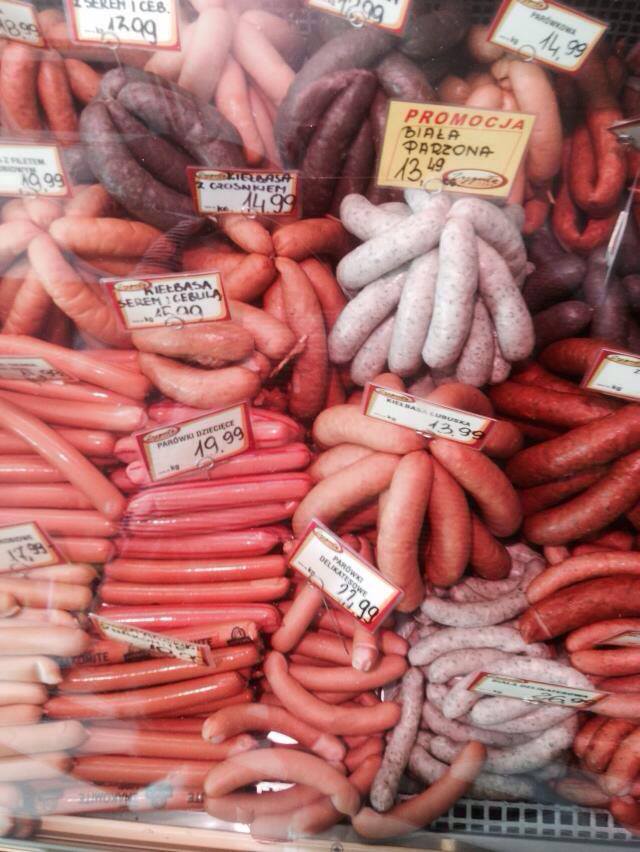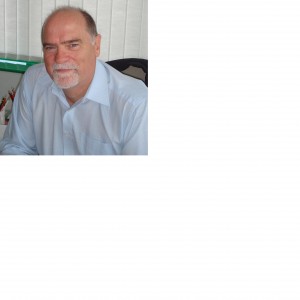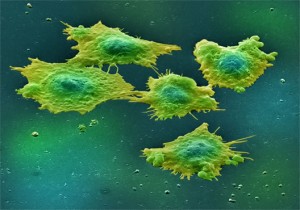“Youngsters who eat bacon or ham twice a week increase their chances of getting leukaemia by 74%”, reported The Sun. It said that a study in children and teenagers in Taiwan found that those who ate processed meat more than once a week were more likely to have the condition. The newspaper said that other processed meat, such as hot dogs and sausages, also increased the risk, which could be caused by preservatives in the meat.
This case-control study found an association between leukaemia in two to 20-year-olds and eating cured or smoked meat and fish. However, this sort of study cannot prove that one thing causes another, and it has several limitations. This study should be regarded as preliminary evidence of an association. Larger further studies are needed to explore whether there is a causative link. There is an established link between eating cured meat and colorectal and stomach cancer. Other studies have found that a high consumption of fresh fruit and vegetables is associated with a decreased risk of several cancers.
Where did the story come from?
The research was carried out by Dr Chen-yu Liu and colleagues from the Harvard School of Public Health, Harvard Medical School, Kaohsiung Medical University in Taiwan and Yuh-Ing Junior College of Health Care and Management. The study was published in the peer-reviewed medical journal BMC Cancer.
What kind of scientific study was this?
This population-based case-control study compared 145 individuals with acute leukaemia to people matched for age and sex without leukaemia (controls).
Leukaemia is the most common childhood cancer. This study investigated how nutrition might contribute to its cause in a Han Chinese population in southern Taiwan. Studies have established a link between eating cured meat and colorectal and stomach cancer. Other studies have suggested that a high consumption of fresh fruit and vegetables is associated with a decreased risk of breast, colon, lung, pancreas, bladder, larynx, stomach, oesophageal and oral cancers.
The researchers found new leukaemia cases among residents of the Kaohsiung area, aged between two and 20 years and diagnosed between 1997 and 2005. The cases were identified by searching hospital records and records from the national health insurance system. By using both these sources, researchers believe they have identified all of the cases occurring in the area. Controls (people without leukaemia) were selected through a population registry of the study area. Up to three controls per case were matched for age and gender.
A face-to-face interview was conducted (with the patient or their parent, depending on age). The interview captured information on demographics, medical history, occupational history, smoking, alcohol consumption, diet, and exposure to various environmental hazards. The dietary questions were detailed, and they asked about frequency of consumption of various food groups, including fruit and vegetables, bean-curd foods, cured or smoked meat and fish, pickled vegetables and alcohol.
Using statistical methods, the researchers then compared responses between cases and controls to see whether consumption of any particular food group was more common in people with leukaemia. They also combined some food groups to assess the risk of these. They combined the two types of leukaemia for their analyses (acute lymphoblastic leukaemia and acute myeloid leukaemia), and performed separate analyses for two to five-year-olds and then for two to 20-year-olds.
What were the results of the study?
The researchers found some significant results in their analyses. For children aged two to five years, frequent consumption of bean curd food slightly reduced risk of leukaemia compared to rare or occasional consumption (though this was of borderline significance). Frequent vegetable intake reduced odds of leukaemia by 56%.
For two to 20-year-olds, frequent intake of cured or smoked meat and fish increased the risk of leukaemia by 1.74 times, while frequent consumption of bean curd food and vegetables reduced the odds.
What interpretations did the researchers draw from these results?
The researchers conclude that cured and smoked meat or fish in the diet “may be associated with leukaemia risk”. They also say that soy bean curd and vegetables may have a protective effect against leukaemia.
What does the NHS Knowledge Service make of this study?
This case-control study provides some evidence of a link between leukaemia and eating cured or smoked meat and fish.
This type of study, a case-control study, cannot prove causation. The problem with case-control studies is that unmeasured factors that are linked to both diet and leukaemia risk (i.e. confounding factors) can influence the result. The researchers report that they initially adjusted their analyses for age, sex, maternal age, birth weight, breastfeeding, parental education levels, parental and subjects’ smoking history, maternal vitamins and use of iron supplements. These factors were found to have no effect on the outcome. However, there are other factors which can have an effect that could not be measured, such as family history, genetics, medical history and specific environmental exposures.
Case-control studies are particularly susceptible to recall bias, i.e. parents/patients may not accurately remember their exposure (the food they ate) and other variables. The questionnaire asked about things that happened up to two years before individuals were born which, for some participants, would be 22 years ago. Food questions also asked about usual intake for the previous six months.
It is also important to explain further the 74% increased risk as reported in the newspapers. This is actually an increase in odds of leukaemia of 1.74 times (i.e. people who ate cured or smoked meat and fish were 1.74 times more likely to be from the group of leukaemia cases rather than controls). In absolute terms, 25% of people (aged two to 20 years) who rarely ate cured or smoked meat and fish had leukaemia, while 37% of people who ate it frequently had the condition. This is an increase of 12 cases in 100 people.
The increased risk from eating cured and smoked foods was only significant in people aged two to 20 years. When the researchers limited their calculations to two to five-year-olds, no link with leukaemia was found.
Although the researchers looked at bacon among all the other cured meats eaten in Taiwan (Chinese-style sausage, salted fish, preserved meat, ham, hot dog and dried salted duck), it is not clear how many people ate bacon or if the type of bacon eaten is similarly prepared to the bacon sold in the UK.
Overall, while this study provides preliminary evidence of a link between eating cured or smoked meat and fish and leukaemia, the link needs to be confirmed in larger studies.
Summary
“Youngsters who eat bacon or ham twice a week increase their chances of getting leukaemia by 74%”, reported The Sun. It said that a study in children and teenagers in Taiwan found that those who ate processed meat…
Links to Headlines
Bacon is ‘danger’ for kids. The Sun, February 2 2009
Leukaemia risk soars if your children in love bacon. Daily Express, February 2 2009
Bacon ‘gives kids cancer’. The Mirror, February 2 2009
Links to Science
Liu C-y, Hsu Y-H, Wu M-T, et al. Cured meat, vegetables, and bean-curd foods in relation to childhood acute leukemia risk: A population based case-control study. BMC Cancer 2009; 9: published: 13 January 2009





